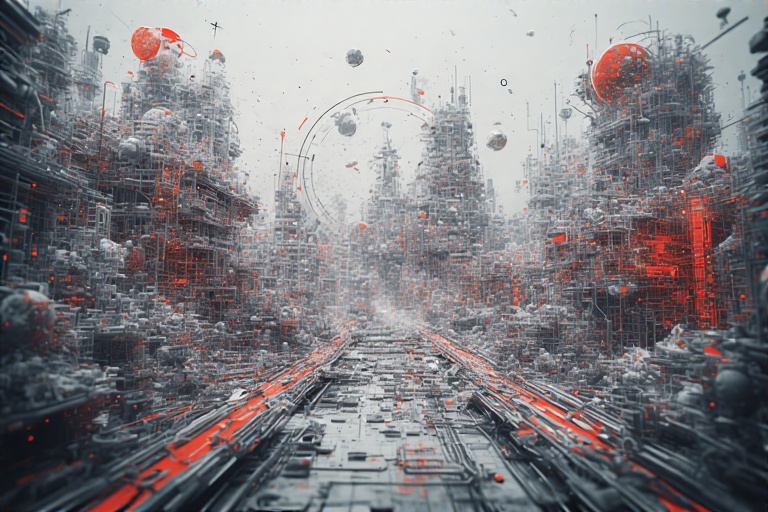Generative AI burst into the spotlight in late 2022, promising to automate writing, design, coding and data analysis with unprecedented speed. Headlines warn of an impending machine takeover, while businesses herald a new era of productivity. But beneath the hype lies a critical question: are we on the brink of autonomous intelligence, or simply wielding ever-smarter tools?
What Is Generative AI?
At its core, generative AI uses deep neural networks—often built on transformer architectures—to learn patterns in massive datasets of text, images, audio or code, then produce brand-new content that mirrors those patterns. Unlike classification models that sort or predict, generative systems sample from learned distributions to “imagine” novel outputs. They excel at drafting articles, composing music or rendering photorealistic art, but they do so by statistical inference rather than conscious thought.
An Evolutionary Timeline
The journey of generative AI spans four decades. In the late 1980s, Recurrent Neural Networks processed sequential data; by 1997, Long Short-Term Memory (LSTM) networks captured long-range dependencies. The advent of Generative Adversarial Networks (GANs) in 2014 introduced a contest between two networks to create ever more realistic images. The real explosion came in November 2022, when OpenAI’s ChatGPT (GPT-3.5) hit 100 million users in months, followed by GPT-4’s launch in March 2023, which boasted a 40 percent reduction in factual errors. Every step built on smarter architectures and bigger datasets, but none brought true autonomy—yet.
Economic and Productivity Impact
Generative AI isn’t a niche technology—it’s a major economic lever. J.P. Morgan Research projects that widespread adoption could add $7 trillion to $10 trillion to global GDP by slashing costs in content creation, customer support and R&D. McKinsey estimates up to $4.4 trillion in annual value from automation of routine tasks and human-AI collaboration in drafting reports, coding, marketing and more. Early adopters cite 30–50 percent reductions in time spent on first drafts of documents or prototypes, freeing creative teams to iterate faster.
Let me show you some examples of real-world use
- Legal tech: AI drafts contract summaries and flags potential risks.
- Marketing: Systems generate personalized ad copy and custom imagery on demand.
- Software development: Tools autocomplete code snippets, document APIs and propose test cases.
- Design: Creators feed text prompts to generate UI mockups or brand assets in seconds.
Limitations and Risks
No matter how fluent the output, generative AI models can “hallucinate,” producing plausible but incorrect or misleading statements. They inherit biases from their training data—risking unfair or harmful results in hiring, lending or criminal-justice applications. Copyright concerns emerge when models inadvertently reproduce licensed text or imagery too closely. And while automation boosts productivity, economists warn of white-collar job displacement: routine writing, basic coding and template design roles may shrink, demanding new skills and safety nets for affected workers.
Autonomy vs. Agency
Current generative systems are reactive: they need human prompts, evaluation and guardrails. True machine autonomy—where AI plans, prioritizes and executes multi-step workflows without human guidance—remains confined to research labs and early “agentic AI” prototypes. These emerging agents can set subgoals, interface with external tools and adapt to evolving contexts, but they lack broad deployment and often struggle with long-term strategy. The real “rise of machines” will require advances beyond statistical generation: genuine understanding, goal-oriented reasoning and self-monitoring capabilities that don’t exist yet in production systems.
Conclusion
Generative AI marks a watershed in our ability to scale content creation and augment human creativity. It delivers trillions in economic value, reshapes workflows and empowers new use cases across industries. Yet it remains a sophisticated tool, not an independent actor. As long as humans define goals, validate outputs and steer development, we hold the reins. The machines are growing smarter, but the rise of true autonomous intelligence is still on the horizon—and it will demand breakthroughs in agency, ethics and governance before human oversight can safely be relaxed.







Add a Comment